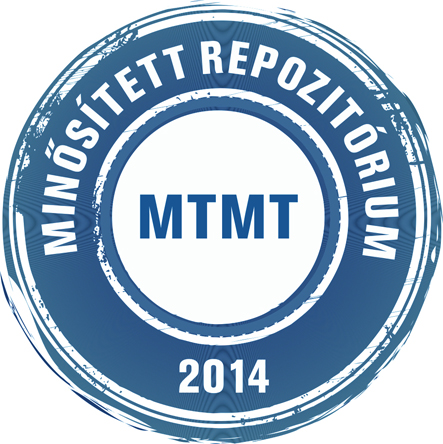Bencsik Edit: Jelzős szintagmák az erza-mordvin nyelvben. In: Acta Universitatis Szegediensis : sectio ethnographica et linguistica = néprajz és nyelvtudomány = étnografiâ i azykoznanie = Volkskunde und Sprachwissenschaft, (40). pp. 69-76. (2000)
Előnézet |
Cikk, tanulmány, mű
etno_lingu_040_069-076.pdf Letöltés (911kB) | Előnézet |
Absztrakt (kivonat)
Formally, adjectives in an adjectival phrase may be simple, compound or derivative. Derivative adjectives are most often formed from nouns or verbs. Participles retain their verbal characteristics when they function as adjectives in Erza-Mordvin, too. Most interesting is the fact that deriving adjectives from nouns are not the only way to put a noun into an adjectival position. In fact, in many cases it is very difficult to tell apart compound words and adjectival phrases because compounds can be written separately according to Mordvin ortography and there is no congruence between the premodifier adjective and the modified noun. Adjectival phrases and compound constructions may convey the same meaning, in other cases different ones. Three-member constructions, named by A. P. Feoktistov as bahuvrihi compounds, have been used long. They are formed with a simple adjective and a noun in absolute form (without any suffixes) functioning as an adjective to a noun. Their use is mainly restricted to expressions in which the first noun refers to a certain part of the whole expressed by the second noun. E.g. aso lopa cuvto 'white-leaf(ed) tree'. According to Feoktistov, nouns functioning as adjectives in these compounds can also have an inessive suffix. On the basis of a lot of examples, we can assume that the inessive suffix may function as a denominal adjectival derivative suffix creating an adjectival phrase (or an adjectival compound). E.g. kolmo praso alasa 'three-headed horse'. The inessive suffix has different meanings: 'in' or 'with'. So we can translate the above mentioned example as 'a horse with three heads'. When an attributive adjective expresses a distinguishing, qualifying feature of the head noun, the phrase contains a simple or derivative adjective. The most frequent denominal adjectival derivative suffix is -n, originally a genitive case suffix. E.g. vejsen tev 'common business, work', ejkakspingen on 'childhood dream'. There is a strong analogical influence that gradually changes old analytic forms into morphologically marked constructions. Native speakers tend to start using vel'en pe 'end of the village' instead of the more archaic vel'e pe construction. This tendency is strengthened by the universal fact that free word order requires more suffixes referring to syntactical functions. Under Russian influence, adjectival phrases have been lately constructed with the help of the instrumental postposition. The use of the word marto in adjectival phrases has recently become quite general. But in most cases it may be substituted by another construction.
| Mű típusa: | Cikk, tanulmány, mű |
|---|---|
| Egyéb cím: | Adjectival phrases in erza-mordvin |
| Befoglaló folyóirat/kiadvány címe: | Acta Universitatis Szegediensis : sectio ethnographica et linguistica = néprajz és nyelvtudomány = étnografiâ i azykoznanie = Volkskunde und Sprachwissenschaft |
| Dátum: | 2000 |
| Kötet: | 40 |
| ISSN: | 0586-3716 |
| Oldalak: | pp. 69-76 |
| Nyelv: | magyar , angol |
| Kiadás helye: | Szeged |
| Befoglaló mű URL: | http://acta.bibl.u-szeged.hu/37237/ |
| Kulcsszavak: | Erza-mordvin nyelv |
| Megjegyzések: | Bibliogr.: 75. p. és a lábjegyzetekben ; összefoglalás angol nyelven |
| Szakterület: | 06. Bölcsészettudományok 06. Bölcsészettudományok > 06.02. Nyelvek és irodalom |
| Feltöltés dátuma: | 2016. okt. 15. 07:56 |
| Utolsó módosítás: | 2022. szep. 15. 12:46 |
| URI: | http://acta.bibl.u-szeged.hu/id/eprint/3847 |
 |
Tétel nézet |



